Photo Gallery for Agriphila vulgivagellus - Vagabond Crambus Moth | 96 photos are available. Only the most recent 30 are shown.
|
 | Recorded by: Mark Basinger on 2023-11-24
Brunswick Co.
Comment: |  | Recorded by: Mark Basinger on 2023-11-24
Brunswick Co.
Comment: |
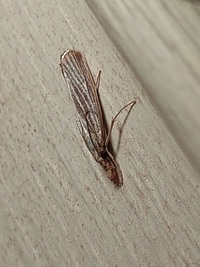 | Recorded by: Mark Basinger on 2023-10-29
Brunswick Co.
Comment: | 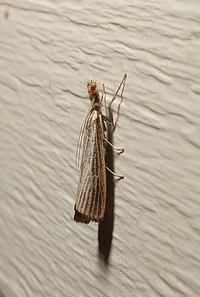 | Recorded by: Mark Basinger on 2023-10-28
Brunswick Co.
Comment: |
 | Recorded by: R. Newman on 2023-10-25
Carteret Co.
Comment: | 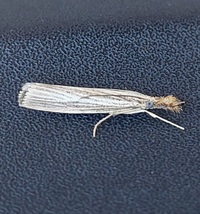 | Recorded by: Mark Basinger on 2023-10-22
Wilson Co.
Comment: |
 | Recorded by: Mark Basinger on 2023-10-16
Wilson Co.
Comment: | 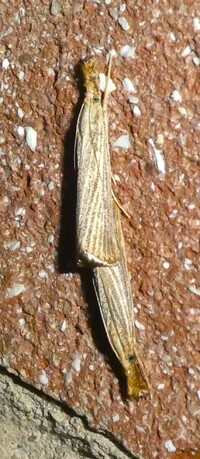 | Recorded by: Simpson Eason on 2023-10-14
Durham Co.
Comment: |
 | Recorded by: Simpson Eason on 2023-10-06
Durham Co.
Comment: | 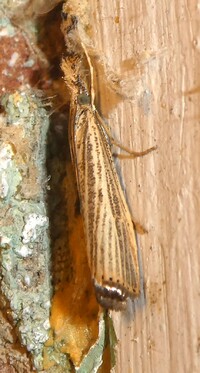 | Recorded by: Simpson Eason on 2023-10-06
Durham Co.
Comment: |
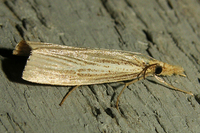 | Recorded by: Owen McConnell on 2023-10-06
Graham Co.
Comment: | 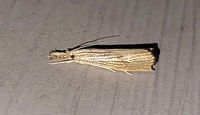 | Recorded by: Mark Basinger on 2023-09-28
Wilson Co.
Comment: |
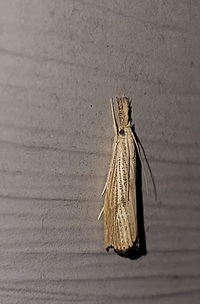 | Recorded by: Mark Basinger on 2023-09-28
Wilson Co.
Comment: | 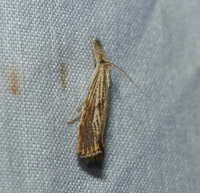 | Recorded by: David George, Rich Teper on 2023-09-25
Caswell Co.
Comment: |
 | Recorded by: K. Bischof on 2023-09-18
Transylvania Co.
Comment: |  | Recorded by: R. Newman on 2022-10-30
Carteret Co.
Comment: |
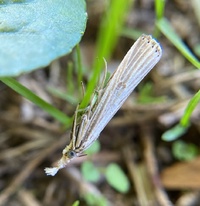 | Recorded by: David George, Becky Watkins on 2022-10-23
Durham Co.
Comment: |  | Recorded by: Simpson Eason on 2022-10-18
Durham Co.
Comment: |
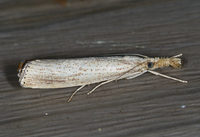 | Recorded by: Jim Petranka on 2022-10-16
Madison Co.
Comment: | 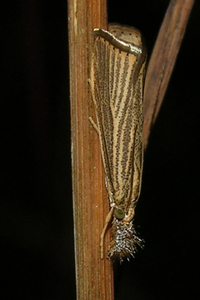 | Recorded by: Owen McConnell on 2022-10-12
Durham Co.
Comment: |
 | Recorded by: Jim Petranka on 2022-10-12
Madison Co.
Comment: | 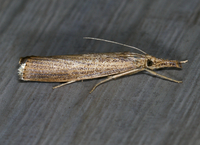 | Recorded by: Jim Petranka on 2022-10-07
Madison Co.
Comment: |
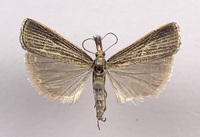 | Recorded by: Richard Teper on 2022-10-07
Orange Co.
Comment: |  | Recorded by: John Petranka on 2022-10-05
Orange Co.
Comment: |
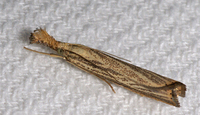 | Recorded by: Chuck Smith on 2022-09-28
Davidson Co.
Comment: |  | Recorded by: John Petranka on 2022-09-21
Orange Co.
Comment: |
 | Recorded by: Hunter Phillips on 2021-11-13
Onslow Co.
Comment: |  | Recorded by: R. Newman on 2021-11-10
Carteret Co.
Comment: |
 | Recorded by: R. Newman on 2021-11-10
Carteret Co.
Comment: |  | Recorded by: Dean Furbish on 2021-10-24
Wake Co.
Comment: |
|